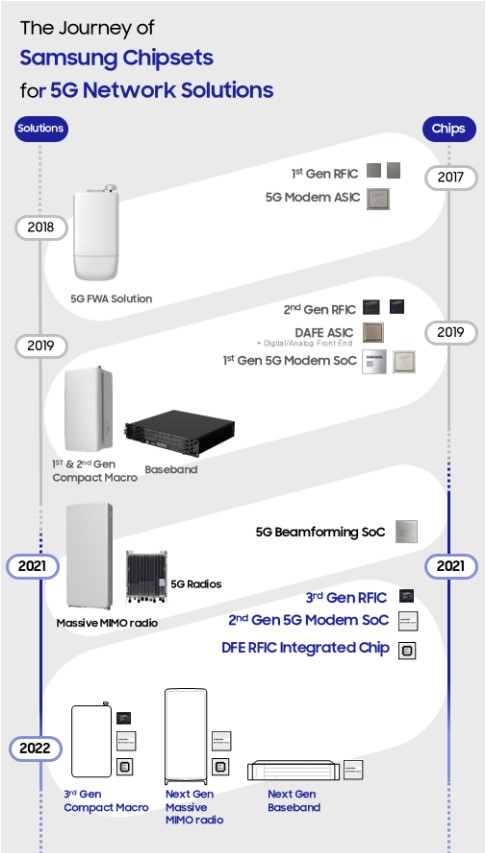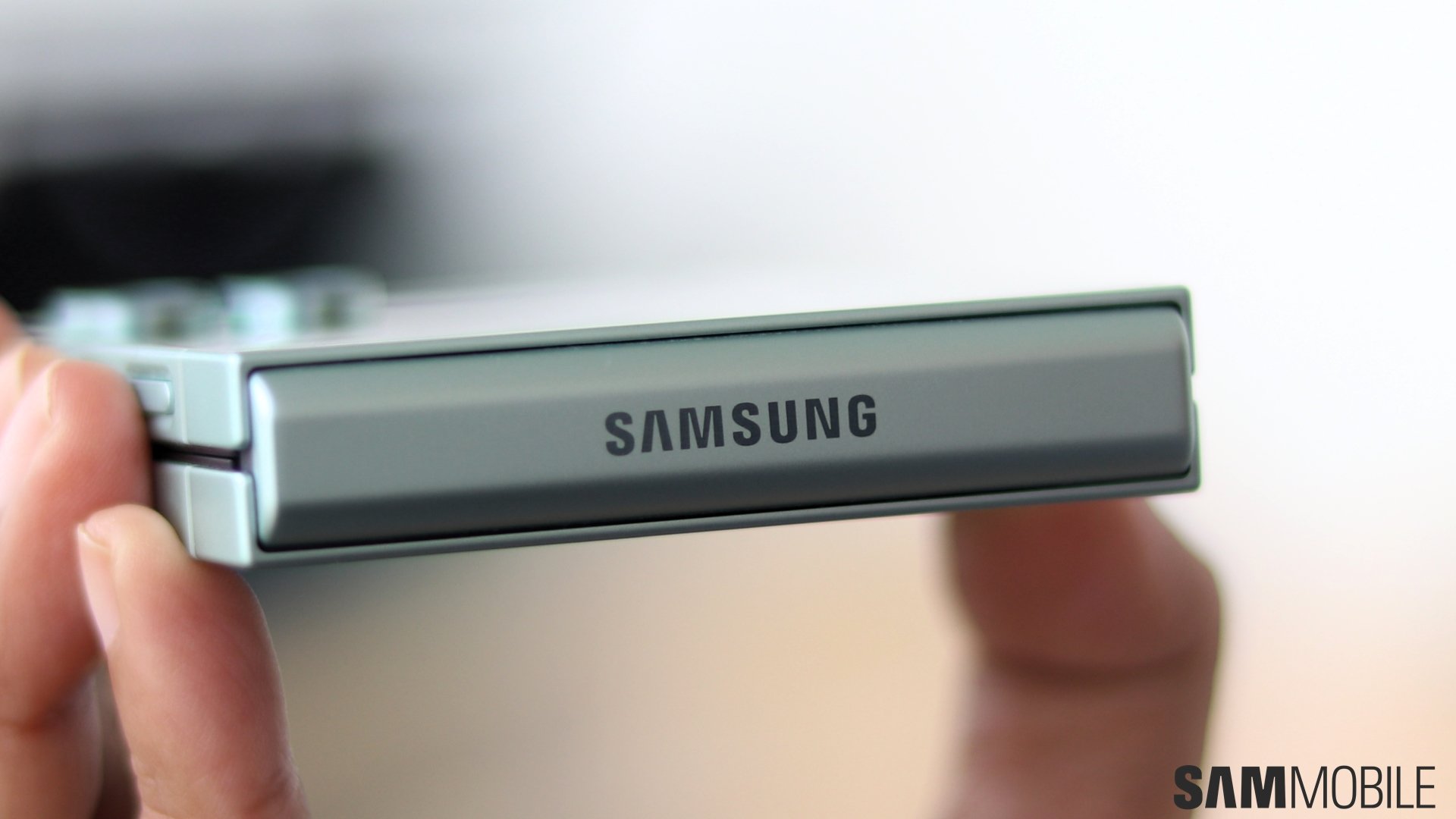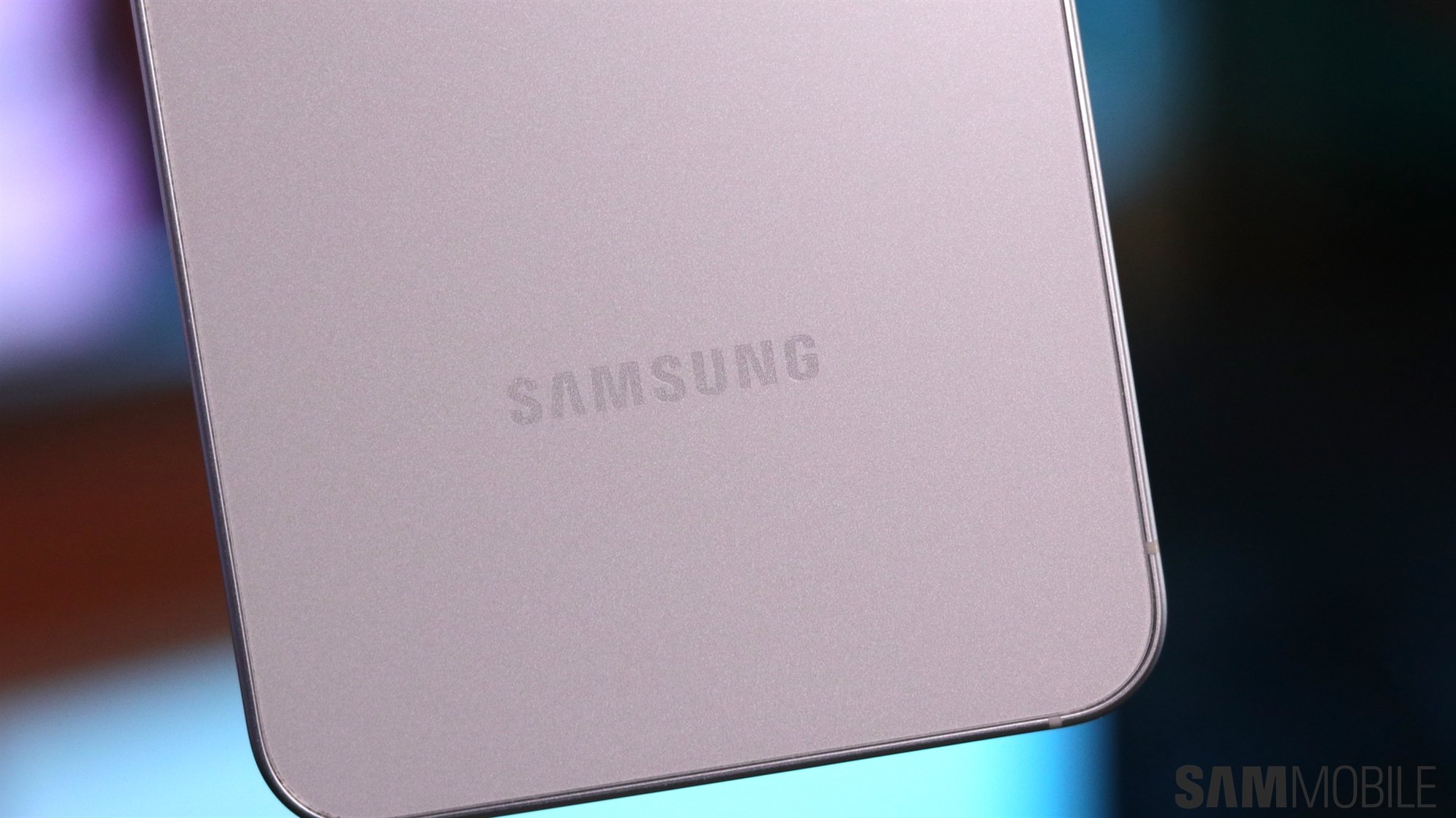
Samsung Networks, Samsung's cellular network equipment development arm, unveiled its third-generation mmWave RFIC (Radio Frequency Integrated Circuit), second-generation 5G modem SoC, and the DFE-RFIC (Digital Front End-Radio Frequency Integrated Circuit). These chips will be used in Samsung's next-generation 5G network infrastructure, including 5G Compact Macro, baseband units, and Massive MIMO radios.
The company's first-generation 5G RFIC chip was released in 2017 and was used to power the world's first home broadband service. The second-generation 5G RFIC was launched in 2019, and it was utilized to power the industry's first mmWave 5G NR radio. The third-generation RFIC, which was unveiled today, supports 28GHz and 39GHz spectrums, and it will be used in the company's new 5G Compact Macro. It reduces the antenna size by 50% and improves power efficiency. It also features double the output power.
Samsung's second-generation 5G modem SoC helps the upcoming baseband unit in offering twice the capacity and halves the power consumption. The new SoC also supports both sub-6GHz and mmWave spectrums. It even offers beamforming functionality to offer faster network speeds via 5G Compact Macro and Massive MIMO radios and reduces their physical size.
The DFE-RFIC, which converts digital signals into analog and vice versa, is an essential component used in 5G radios. It supports 28GHz and 39GHz spectrums. Sub-6GHz and mmWave spectrums are supported as well. The chip increases the output power and reduces the size of Samsung's next-generation 5G network solutions.
Junehee Lee, Executive VP and Head of R&D, Samsung Networks, said, “This newly unveiled chipset is the fundamental component of our state-of-art 5G solutions, developed through a long-standing R&D effort that enables Samsung to be at the forefront of delivering cutting-edge 5G technologies. As one of the largest semiconductor companies in the world, we are committed to developing the most innovative chips for the next phase of 5G advancement, integrated with the features mobile operators seek to stay competitive.”
Samsung's network business offers an end-to-end 5G infrastructure, including 5G vRAN, chipsets, radios, and 5G core. It also offers advanced solutions for private 5G networks and AI-powered network automation tools. Cellular operators around the world use Samsung's 5G network infrastructure.



















